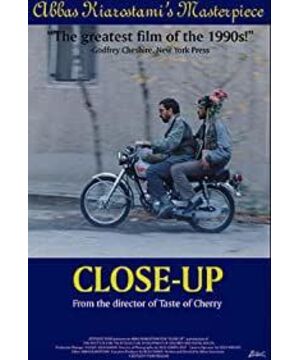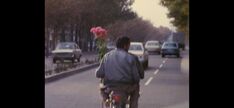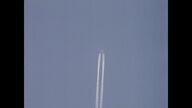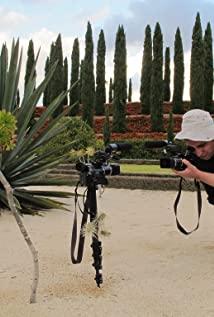I am usually not used to posting comments in the "movie library" for personal accumulation, but I feel that posting them is also my own supervision, and the text will not be too random. But I especially don't want spoilers...so I've deleted the synopsis. But there will still be minor spoilers that don't affect the look and feel.
Character highlights:
Close-up is a close-up of the camera, as well as a close-up of his spirit and his thoughts. Different from Maslow's theory of needs, normally people pursue spiritual satisfaction after satisfying material needs, but the protagonist has been in love with movies since he was a child and has been unable to realize his movie dream due to factors such as the environment. There is a great contradiction between material conditions and spiritual needs .
He is also struggling with self-contradiction . On the one hand, he thinks that he is not motivated by money, but only to satisfy his strong fantasies. He even feels like a moth is flying into a flame. He knows that he has been suspected, but he is still willing to play In the last few minutes; on the other hand, he could not be free from material desires, he accepted money, clothes, accommodation, and was unable to repay, at this point, he was indeed making excuses for himself by "making movies" .
Human nature is complex and full of desires.
I like Iranian films, because the realistic films I have seen are heavy, but they always make people see the hope of human nature, and the ending is upward, which is too different from American noir films. The supporting characters in the film are very kind. It makes me feel that people in this cultural system are also kind.
Favorite lens:
film language section
In the middle part of the film, there is very little camera movement, and it is supported by the performance of the actors, the inner contradictions of the characters highlighted by the sun and the sun, and the lines; at the end , the director begins to play the role of audio-visual language, and the role of sound can be used as an example in textbooks. The first is the diegetic sound. The photographer's radio is intermittent due to the signal of the little bee, which enhances the sense of reality; creates suspense and makes the audience want to know their dialogue; and an intuitive feeling of poor shooting conditions and troublesome, which highlights the Time backgroud.
Then there is the scene of the electric car on the road. It happens that a director I know also likes to shoot "electric car" very much. I think the texture of the shaking when shooting on the road will make the movie closer to reality. Countless obstructing objects went to find that insignificant person, who held flowers that did not match his identity and apologized. This contrast between the reality and the ideal of life makes people very helpless. Suddenly, I think of a photograph (maybe a painting) I have seen. It should be widely circulated. A beggar is sleeping with a fresh Rose. The expression of spiritual pursuit is also easy to touch the public. The Iranian director used the film to express his appeal for "human rights" and "equality", satirizing the "ungrounded" status quo of people in the film and television industry, and also expressed his wish that "directors are like ordinary people".
The use of mirrors is not uncommon in Iranian films. Iranian directors are very good at using composition and mirror reflection to express the relationship between characters, or the relationship between characters and their environment.
Therefore, a film from the 1990s, a film from Iran, in the 21st century, from a cross-cultural perspective, can still be touched. is my style.
View more about Close-Up reviews








